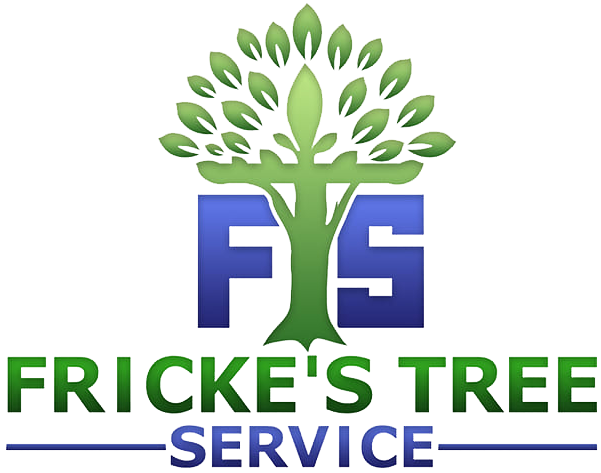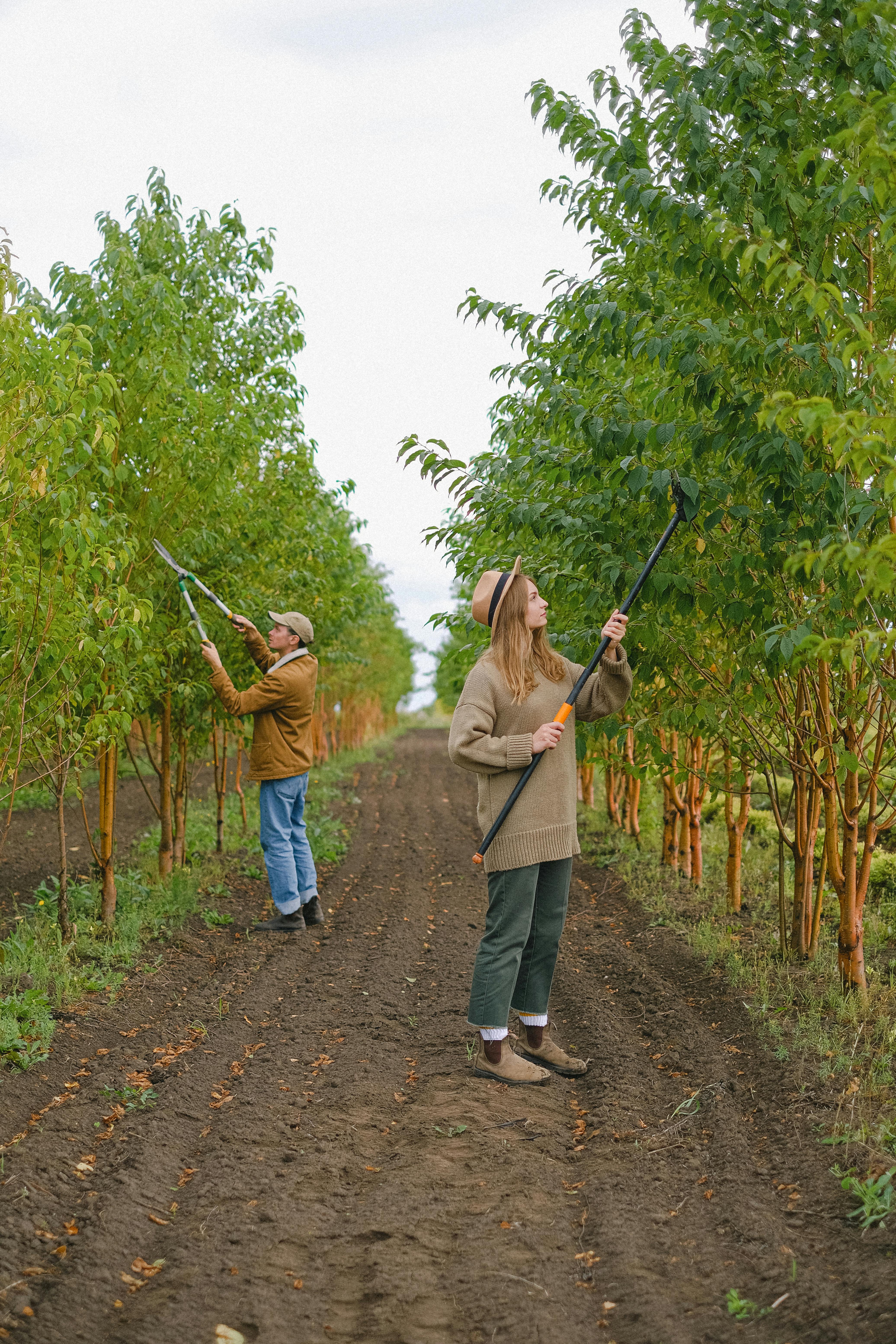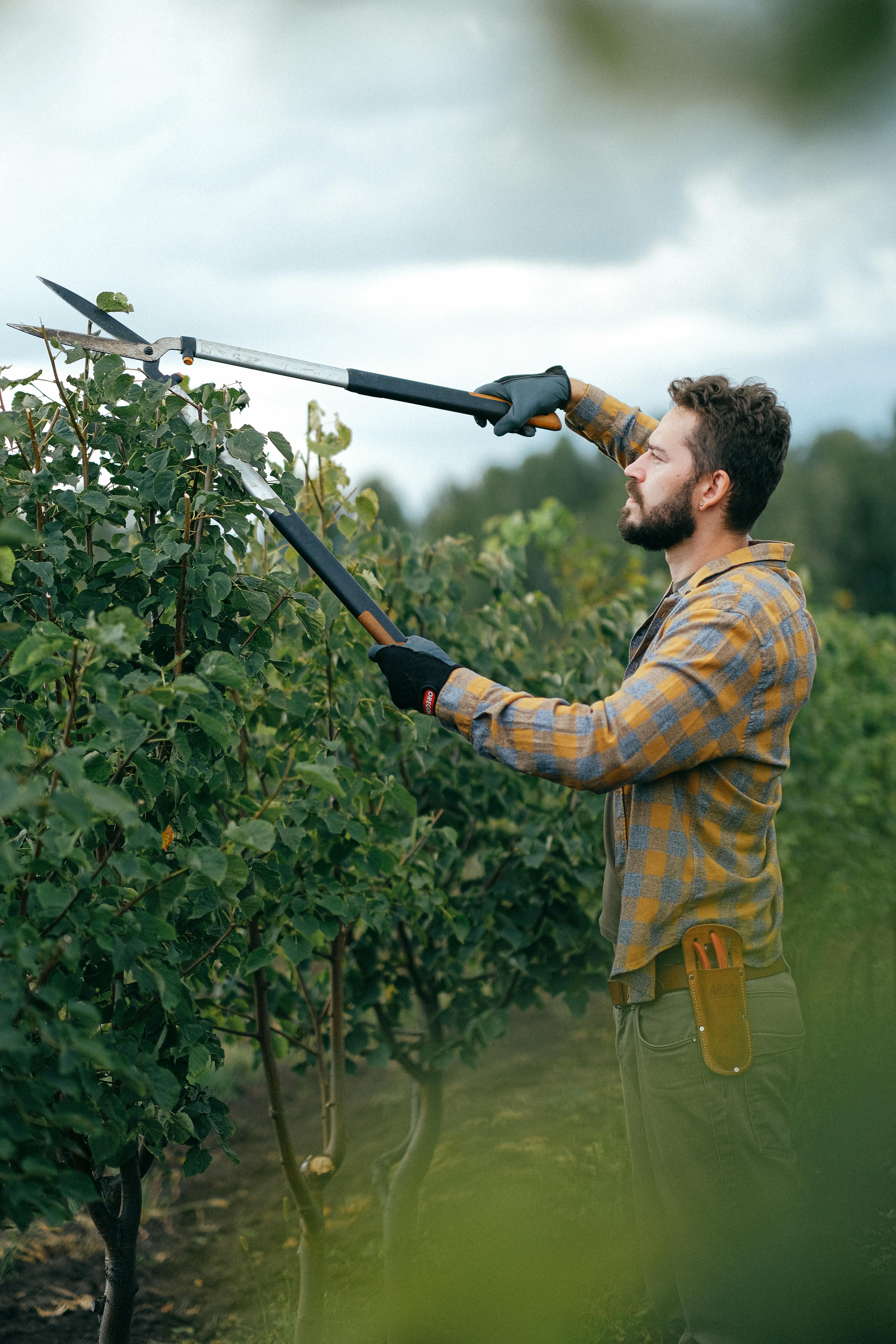Fricke's Tree Service
Easy Ways to Remove Tree Stumps at Home
How to Get Rid of Tree Stumps: A Comprehensive Guide
Understanding Tree Stumps
Tree stumps can be an eyesore in your yard, taking up valuable space and potentially harboring pests. Whether you’ve recently cut down a tree or are dealing with an old stump, knowing how to remove it effectively is essential. In this guide, we’ll explore various methods to get rid of tree stumps, helping you choose the best option for your situation. Tree stumps can also affect the growth of surrounding plants, as they compete for nutrients and water in the soil. Additionally, they can become a breeding ground for fungi and other organisms that may harm your garden.Why Remove Tree Stumps?
Before diving into the methods of removal, it’s important to understand why you should consider getting rid of tree stumps:- Aesthetic Appeal: Stumps can detract from the beauty of your landscape, making it look unkempt and neglected.
- Space Utilization: Removing stumps frees up space for new plants or landscaping features, allowing you to create a more inviting outdoor area.
- Pest Control: Stumps can attract pests like termites and beetles, which may spread to healthy trees and plants in your yard.
- Safety Hazards: They can pose tripping hazards, especially in yards with children or pets, leading to potential injuries.
- Preventing Regrowth: Leaving a stump can lead to new shoots and suckers sprouting, which can be difficult to manage.
Methods for Removing Tree Stumps
There are several methods to remove tree stumps, each with its own advantages and disadvantages. Here’s a breakdown of the most common techniques:1. Manual Removal
Manual removal is a labor-intensive method but can be effective for smaller stumps. Here’s how to do it:- Tools Needed: Shovel, axe, saw, and a digging bar.
- Steps:
- Clear the area around the stump of any debris to ensure a safe working environment.
- Use the shovel to dig around the stump, exposing the roots and making it easier to remove.
- Cut through the roots with an axe or saw, taking care to avoid injury.
- Once the roots are severed, rock the stump back and forth until it loosens from the ground.
- Pull the stump out of the ground, using leverage if necessary.
2. Chemical Removal
Chemical removal involves using substances that accelerate the decomposition of the stump. This method is slower but requires less physical labor, making it a viable option for those who prefer a less strenuous approach.- Common Chemicals: Potassium nitrate, Epsom salt, or herbicides can be effective in breaking down the stump.
- Steps:
- Drill holes into the stump, about 8-10 inches deep, to allow the chemicals to penetrate.
- Fill the holes with the chosen chemical, ensuring even distribution.
- Water the stump to activate the chemical, which will help speed up the decomposition process.
- Cover the stump with a tarp to retain moisture and create a conducive environment for decay.
- Wait several weeks for the stump to decompose, checking periodically for progress.
3. Burning the Stump
Burning is another method to remove tree stumps, but it requires caution and adherence to local regulations to ensure safety and compliance with fire codes.- Steps:
- Check local laws regarding open burning to avoid fines or legal issues.
- Drill holes in the stump and fill them with kerosene or lighter fluid to facilitate burning.
- Allow the fluid to soak in for a few hours to ensure effective ignition.
- Light the stump and monitor it closely, ensuring that the fire does not spread.
- Ensure the fire is completely extinguished after removal, and dispose of the ashes responsibly.
4. Grinding the Stump
Stump grinding is a popular method that involves using a specialized machine to grind the stump down to below ground level, effectively eliminating it from your landscape.- Tools Needed: Stump grinder (available for rent at many hardware stores).
- Steps:
- Clear the area around the stump to provide ample space for the grinder.
- Position the stump grinder over the stump, ensuring it is stable and secure.
- Follow the manufacturer’s instructions to grind the stump down to below ground level.
- Fill the hole with soil or mulch after grinding to create a level surface.
Choosing the Right Method
When deciding on a method to remove a tree stump, consider the following factors to ensure you select the most appropriate approach:- Size of the Stump: Larger stumps may require professional help or grinding, as they can be more challenging to remove manually.
- Location: Stumps near structures or utilities may need careful removal to avoid damage to property or services.
- Time and Effort: Manual removal is labor-intensive, while chemical methods take longer but require less physical exertion.
- Budget: Consider the cost of renting equipment or hiring professionals, as well as the potential for additional expenses.
Safety Precautions
Regardless of the method you choose, safety should always be a priority. Here are some essential safety tips to keep in mind:- Wear protective gear, including gloves, goggles, and a mask to shield yourself from debris and chemicals.
- Be cautious of nearby power lines and underground utilities to prevent accidents and injuries.
- Keep children and pets away from the work area to ensure their safety during the removal process.
- Follow all instructions for any chemicals or equipment used, and never take shortcuts that could compromise safety.
When to Call a Professional
In some cases, it may be best to hire a professional tree service to handle the stump removal. Consider this option if:- The stump is large or deeply rooted, making it difficult to remove without specialized equipment.
- It’s located near structures or utilities, where careful removal is essential to avoid damage.
- You lack the necessary tools or experience to safely and effectively remove the stump.
- You prefer a quick and hassle-free solution, allowing you to focus on other landscaping projects.
Conclusion
Removing tree stumps can enhance the beauty and safety of your yard, transforming it into a more enjoyable space. Whether you choose to tackle the project yourself or hire a professional, understanding the various methods available will help you make an informed decision. For expert assistance, reach out to Frick's Tree Service for a consultation and estimate, ensuring that your stump removal is handled efficiently and safely.RECENT POSTS
Interested in Our Services?
Get in touch today to discuss your next project and we will happy to answer any questions and provide you with a no-obligation FREE Estimate.
Contact Details
Address: 427 Pleasant Oaks Trl, Osteen, FL 32764, United States of America
Phone: (321) 240-5613
Email: jonfric@yahoo.com
Quick Links
Contact Details
Address: 427 Pleasant Oaks Trl, Osteen, FL 32764, United States of America
Phone: (321) 240-5613
Email: jonfric@yahoo.com







